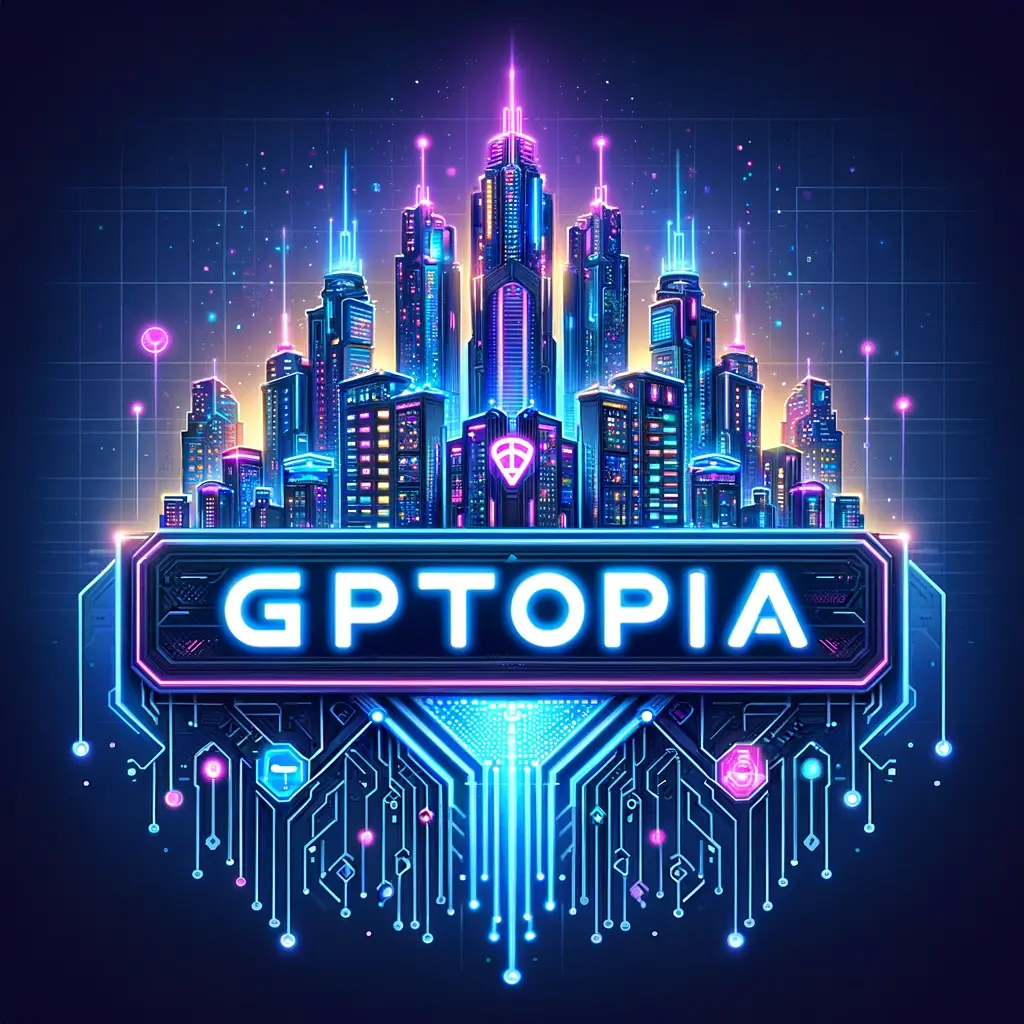complete article index can be found at
https://ideabrella.com/papers/articles
Displacement and Economic Disruption : ZEN 💡
·
Job Displacement and Economic Disruption: The Cost of AI Progress 💼
The rise of artificial intelligence (AI) and automation is transforming industries worldwide, bringing increased efficiency and innovation. However, these advancements come with a cost: job displacement and economic disruption. As machines outperform humans in repetitive and even skilled tasks, society faces critical questions about the future of work and economic stability.
The Threat to Jobs
Automation is replacing human labor in multiple sectors. From assembly lines to customer service, AI-powered machines and software can perform tasks faster, cheaper, and more accurately than humans. Some notable examples include:
Manufacturing: Robots dominate factory floors, assembling products with precision and speed.
Transportation: Autonomous vehicles threaten to replace millions of drivers.
Customer Service: Chatbots and virtual assistants handle inquiries traditionally managed by call center employees.
While these changes improve productivity, they leave many workers at risk of unemployment, particularly in roles requiring repetitive tasks.
Economic Ripple Effects
The effects of job displacement extend beyond individuals:
Widening Inequality: Wealth increasingly concentrates among those who own and operate AI technologies, leaving displaced workers with fewer opportunities.
Economic Shifts: Industries may struggle to adapt to labor shortages in specialized areas or overreliance on technology.
Social Consequences: Communities reliant on industries like trucking or manufacturing face economic decline, increased stress, and reduced social mobility.
Opportunities Amid Disruption
Despite these challenges, AI can also create new opportunities:
Emerging Industries: Fields like AI maintenance, robotics, and data analysis are growing, requiring specialized skills.
Upskilling Initiatives: Workers can transition into new roles with targeted training programs.
Entrepreneurship: Automation lowers barriers to entry for startups, allowing individuals to innovate in ways previously inaccessible.
Solutions for a Balanced Future
Creating a sustainable future requires proactive strategies:
Universal Basic Income (UBI): A guaranteed income can provide a safety net for those affected by job displacement.
Education Reform: Emphasizing STEM, creativity, and critical thinking can prepare workers for jobs of the future.
Collaboration: Governments, businesses, and educators must work together to address workforce transitions.
The journey ahead is complex, but with forward-thinking policies and innovations, societies can harness the power of AI while minimizing disruption.









